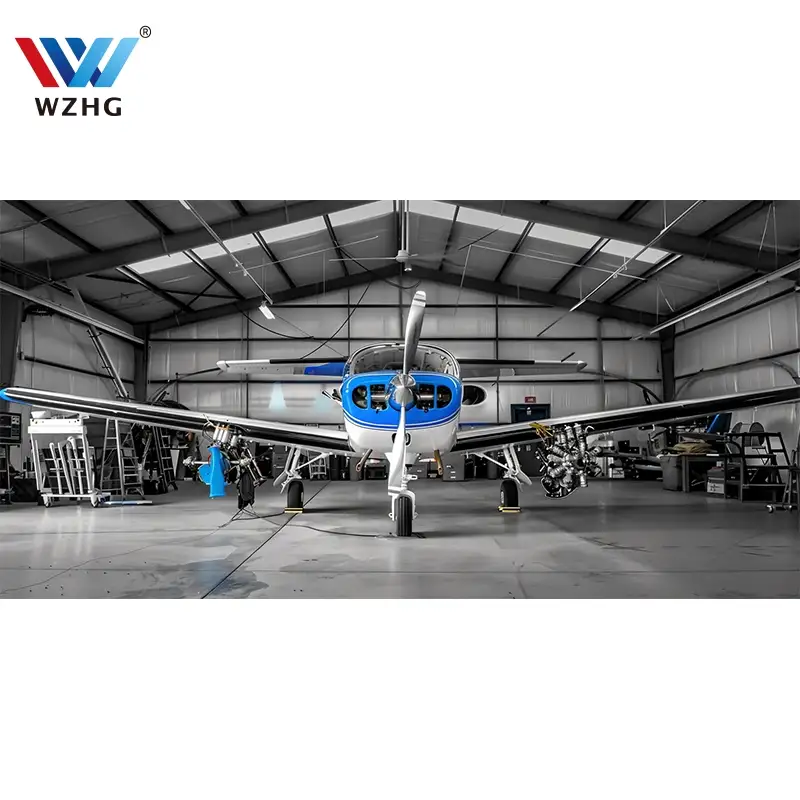Navigating Challenges In Airplane Hangar Production

Navigating Challenges In Airplane Hangar Production
As airplanes and jets become increasingly prevalent in the private sector and flight technology continues to make remarkable strides, the need to protect and maintain aircraft is more pressing than ever. The development and improvement of airplane hangar designs have kept pace with this demand, leading to exponential advancements in their construction. Designing and erecting high-quality hangars has become an essential and sophisticated business, encompassing everything from the choice of physical building materials to the intricate engineering and construction processes required to bring these structures to life.
In today’s competitive market, the successful execution of airplane hangar projects demands a comprehensive understanding of the multifaceted challenges that arise at every stage. From initial design to final construction, numerous obstacles must be navigated to deliver a product that meets both budgetary constraints and the high standards expected by clients. The tools and techniques available to tackle these challenges have steadily evolved, mirroring the advancements in the aviation industry itself. This article delves deep into the specific hurdles faced by the airplane hangar production industry and offers insights into the strategies and solutions that can be employed to overcome them.




